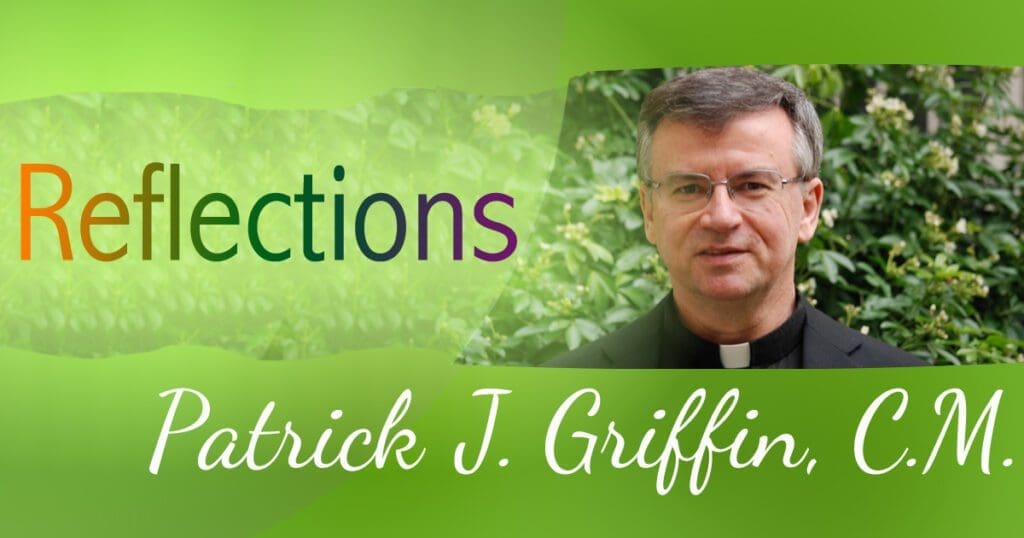Our New Testament offers two particular contexts when the Holy Spirit filled the Blessed Mother. Of course, we can truly maintain that Mary always experienced this aspect of God’s presence, but two occurrences stand forth.
The Annunciation presents the first time. In this encounter, the angel promises her that divine intervention:
“The holy Spirit will come upon you, and the power of the Most High will overshadow you. Therefore the child to be born will be called holy, the Son of God.” (Lk 1:35)

With the gift of that Spirit, Mary conceives Jesus. At her fiat, the intimate and creative action of the Paraclete changes her life and our world.
At Pentecost, Mary has a second wondrous experience of the Spirit. In the Acts of the Apostles, we read how the Apostles and some of the disciples gathered with her in the upper room as they await the Advocate promised by Jesus.
All these devoted themselves with one accord to prayer, together with some women, and Mary the mother of Jesus, and his brothers. . . . When the time for Pentecost was fulfilled, they were all in one place together. And suddenly there came from the sky a noise like a strong driving wind, and it filled the entire house in which they were. Then there appeared to them tongues as of fire, which parted and came to rest on each one of them. And they were all filled with the holy Spirit and began to speak in different tongues, as the Spirit enabled them to proclaim. (Acts 1:14, 2:1-4)
The influence of the Spirit on the wider Christian community receives powerful expression in the paragraphs that follow as the disciples preach the Gospel widely, loudly and clearly. But what about Mary? What does she bring and how is she changed? What do the other first Christians think when they see her praying with them? What role does she play in the newly Spirit-driven Church?
As I think about it, even at Pentecost, I find myself brought back to that first outpouring of the Spirit in her life. The other disciples want to speak about the death, resurrection and ascension of Jesus, but she anchors the beginning. When they see her, they remember: that her fiat enabled the Spirit to work in our world in a unique way; that through her Jesus knew a mother’s love; that beside her Jesus grew into the man that he became. The incarnation sets the stage for every other action and word of Jesus. His birth places him in our midst in the most human of fashions. In the presence of Mary, Jesus drew his first and last breaths.
The Spirit was a familiar and friendly force in the life of Mary. The angel had told her that nothing is impossible with God, and the Comforter continually revealed that truth to her—not least of all in the resurrection and the ascension.
As we approach the Solemnity of Pentecost and celebrate the gift of God’s Holy Spirit to the Christian Community, we cannot lose sight of the Blessed Mother. She truly knew the power of God for bringing Christ into the world. As in so many other matters, the Church must learn from her. Her surrender to the divine will and embrace of the divine presence model true discipleship for all of us.







0 Comments